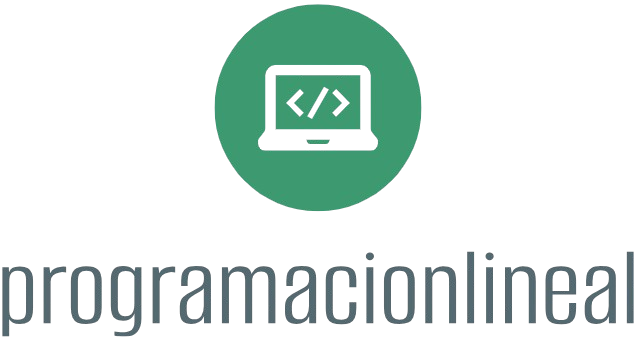Docker has become an essential tool in the DevOps toolkit, enabling developers to deploy applications more efficiently and consistently across different environments. By encapsulating applications and their dependencies into lightweight containers, Docker helps streamline development, testing, and deployment processes. Here’s a structured guide on how to use Docker in a DevOps context:
Step 1: Understanding Docker Basics
Before jumping into practical applications, familiarize yourself with some foundational concepts:
– Docker Containers: Lightweight, standalone executable packages containing everything needed to run a piece of software, including the code, libraries, runtime, and system tools.
– Docker Images: Read-only templates used to create containers. They include the application code and its dependencies.
– Dockerfile: A text file that contains instructions for building a Docker image. It specifies the base image, application code, commands to run, and more.
– Docker Hub: A cloud-based registry where Docker images can be shared publicly or privately.
Step 2: Installing Docker
- Download Docker: Visit the official [Docker website](https://www.docker.com/products/docker-desktop) and download Docker Desktop for your operating system (Windows, macOS, Linux).
- Install Docker: Follow the installation instructions for your platform. Once installed, you can gauge whether Docker is working by running the following command in your terminal:
“`bash
docker –version
“`
Step 3: Creating a Simple Dockerized Application
- Write Your Application Code: For example, you can create a simple Node.js application. Create a new folder for your application and navigate to it:
“`bash
mkdir my-node-app
cd my-node-app
“`
Create a file called `app.js` with the following content:
“`javascript
const http = require(‘http’);
const hostname = ‘0.0.0.0’;
const port = 3000;
const server = http.createServer((req, res) => {
res.statusCode = 200;
res.setHeader(‘Content-Type’, ‘text/plain’);
res.end(‘Hello World\n’);
});
server.listen(port, hostname, () => {
console.log(`Server running at http://${hostname}:${port}/`);
});
“`
- Create a `package.json` File:
Run the command to create a `package.json` file:
“`bash
npm init -y
“`
Then install the necessary packages:
“`bash
npm install
“`
- Create a Dockerfile: This file will define how to build your Docker image. Create a file named `Dockerfile` in the same directory with the following content:
“`dockerfile
# Use the official Node.js image as a base image
FROM node:14
# Set the working directory in the container
WORKDIR /usr/src/app
# Copy package.json and install dependencies
COPY package.json ./
RUN npm install
# Copy the rest of your application code
COPY . .
# Expose the port your app runs on
EXPOSE 3000
# Command to run your application
CMD [“node”, “app.js”]
“`
Step 4: Building and Running Your Docker Container
- Build the Docker Image:
From the same directory, run the following command to build your Docker image:
“`bash
docker build -t my-node-app .
“`
The `-t` flag allows you to tag the image with a name (e.g., `my-node-app`).
- Run the Docker Container:
Once the image is built, you can run a container:
“`bash
docker run -p 3000:3000 my-node-app
“`
The `-p` flag maps the port on your local machine to the port inside the container.
- Access the Application:
Open your browser and navigate to `http://localhost:3000`. You should see “Hello World”.
Step 5: Using Docker Compose for Multi-Container Applications
If your application requires multiple services (e.g., a web server and a database), use Docker Compose to manage them with a single configuration file.
- Create a `docker-compose.yml` File:
Here’s an example `docker-compose.yml` that includes a Node.js app and a MongoDB service:
“`yaml
version: ‘3’
services:
web:
build: .
ports:
– “3000:3000”
depends_on:
– db
db:
image: mongo
ports:
– “27017:27017”
“`
- Run Docker Compose:
In the same directory, run:
“`bash
docker-compose up
“`
This command starts both the web and database services based on the configuration specified in the `docker-compose.yml` file.
Step 6: CI/CD Pipeline Integration
Integrating Docker into your CI/CD pipeline enables automated testing and deployment:
- CI/CD Tools: Use tools like Jenkins, CircleCI, or GitHub Actions for your CI/CD processes.
- Build and Test: Your CI pipeline can include steps to build your Docker image, run tests, and push the image to a Docker registry.
- Deployment: In your deployment pipeline, pull the latest Docker image from the registry and run it on your server or orchestration system (e.g., Kubernetes).
Step 7: Best Practices for Using Docker in DevOps
- Minimize Image Size: Use smaller base images to reduce build times and storage costs. Multi-stage builds can help you achieve this.
- Environment Variables: Store sensitive information (e.g., API keys) using environment variables instead of hardcoding them in your application.
- Version Control: Use Docker tags for version control of your images (e.g., `my-node-app:1.0.0`).
- Logging and Monitoring: Implement logging and monitoring to track the performance and behavior of your Docker containers.
- Security: Regularly update your base images and dependencies to mitigate security vulnerabilities.
- Data Persistence: Use Docker volumes to persist data outside your containers, ensuring data is not lost when containers are stopped or deleted.
Conclusion
Using Docker in a DevOps environment streamlines the development, testing, and deployment processes, leading to more efficient workflows. By following these steps and best practices, you’ll be well-equipped to harness the power of Docker in your applications.











